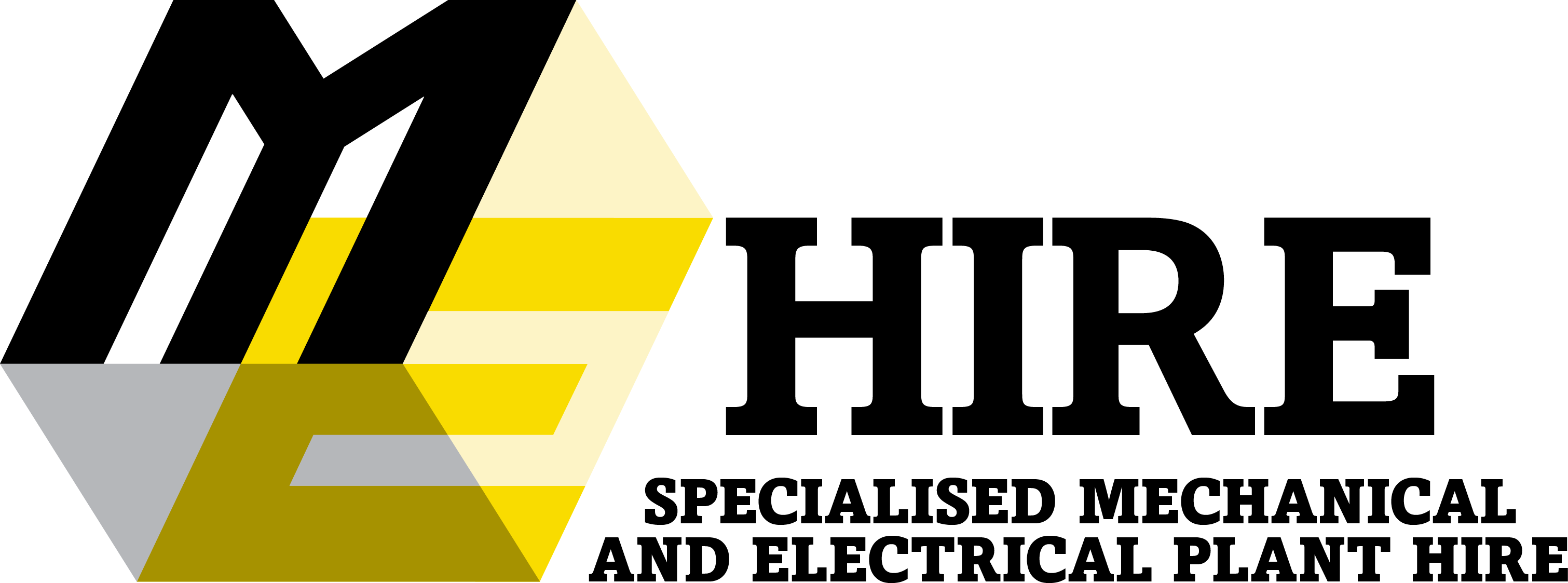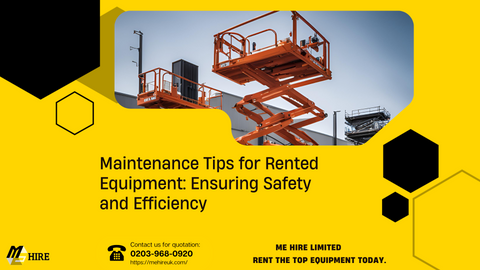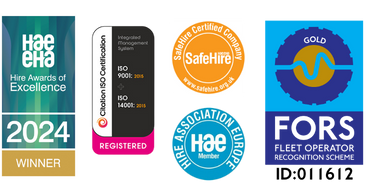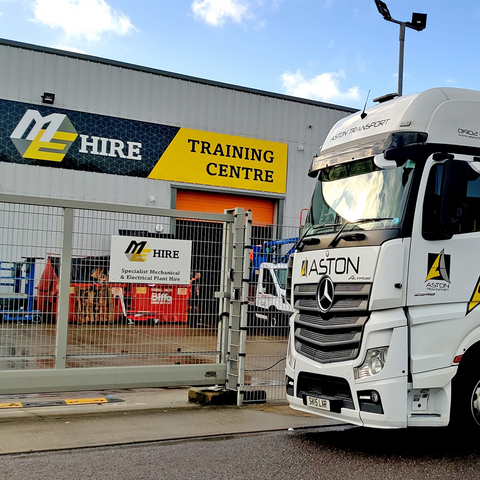Keeping construction sites safe requires careful planning and execution. While every site is different, there are crucial safety measures that should be part of every checklist. Here's a breakdown of key areas that can help maintain a safe working environment on construction sites.
1. Fall Protection
Falls are among the most common causes of injury on construction sites. Preventing falls requires several key measures:
-
Guardrails and Barriers: These should be installed around any open edges, holes, or elevated platforms to ensure worker safety.
Click on this link to view our collection of barriers: barriers - My Store
- Harnesses and Lanyards: Workers operating at heights must wear harnesses connected to secure anchor points. Regular inspections of this equipment are critical.

Click on this link to view our collection of harnesses: harness - My Store
-
Ladder Safety: Use ladders of appropriate height and condition, and ensure workers are trained in their proper use.
Click on this link to view our collection of Ladders: ladder - My Store
2. Personal Protective Equipment (PPE)
Wearing proper PPE can prevent many common injuries. Essential protective gear includes:

- Helmets and Hardhats: To protect from falling debris and other head injuries.
- Safety Glasses and Face Shields: To safeguard against dust, flying debris, and chemicals.
- Gloves: Depending on the job, cut-resistant, chemical-resistant, or insulated gloves are necessary.
- High-visibility clothing: Especially important for workers in low-light areas or around heavy machinery to prevent accidents.
Click on this link to view our collection of PPE's: ppe - My Store
3. Machinery and Equipment Safety
Heavy machinery poses significant risks. Proper operating protocols and regular maintenance are critical to avoid accidents:
- Scheduled Maintenance: Regular checks ensure equipment is safe and working properly.
- Emergency Stops: Equipment should be equipped with emergency stop buttons, and workers must be trained in their usage.
- Operating Protocols: Only trained personnel should operate machinery, and lockout/tagout procedures should be enforced during maintenance.
4. Hazard Communication
Communicating potential hazards is crucial in preventing accidents:
- Signage and Labels: Mark areas with high voltage, falling objects, or toxic substances clearly. Ensure chemicals and hazardous materials are labelled.

- Material Safety Data Sheets (MSDS): Maintain updated MSDS for all hazardous substances, and make them easily accessible for workers.
- Training: Conduct regular training on safety protocols and hazard identification.
Contact us to book safety training with us: enq@mehireuk.com
5. Electrical Safety
Faulty electrical systems can lead to fires or electrocution. Routine inspections are essential:
- Regular Inspections: Check electrical wiring, equipment, and installations for exposed wires or frayed cables.
- Grounding: Ensure all systems are properly grounded, and use ground fault circuit interrupters (GFCIs) where necessary to prevent electric shocks.
6. Site Housekeeping
A clean site is a safe site. Good housekeeping can prevent many types of accidents:
- Clear Pathways: Keep walkways free of debris and clutter.
- Waste Disposal: Provide designated areas for waste and manage hazardous materials properly.
- Spill Management: Equip the site with spill kits and ensure workers know how to use them.

Click to request a quote for our spill kit: Oil Only Spill Kit - 20ltr (ZPE037) – My Store
7. Emergency Preparedness
Every site should have a well-established emergency plan. Preparation could mean the difference between safety and disaster:
- First Aid Kits: These should be stocked and accessible at all times.
- Fire Safety: Fire extinguishers, smoke detectors, and fire blankets should be installed around the site.

Click on this link to view our collection of Extinguishers: fire extinguishers - My Store
- Emergency Contacts: Display clear contact information for local emergency services and safety personnel.
8. Noise Control
Excessive noise on construction sites can cause long-term hearing damage. Implement noise control measures:
- Hearing Protection: Provide earplugs or earmuffs in high-noise areas.

Click to request a quote for our Ear Plugs: BEESWIFT QED Ear Plugs (PPEE103) – My Store
- Machinery Maintenance: Ensure equipment is fitted with noise-reducing features and is regularly maintained to limit noise exposure.
- Signage: Post signs in high-noise areas to remind workers to use hearing protection.
By prioritizing these elements in your safety checklist, you not only comply with regulations but also create a safer and more efficient work environment for everyone on site.
For inquiries and bookings, reach out to our team today!
🌐 My Store
📞 Call: 0203 968 0920
📧 Email: enq@mehireuk.com





